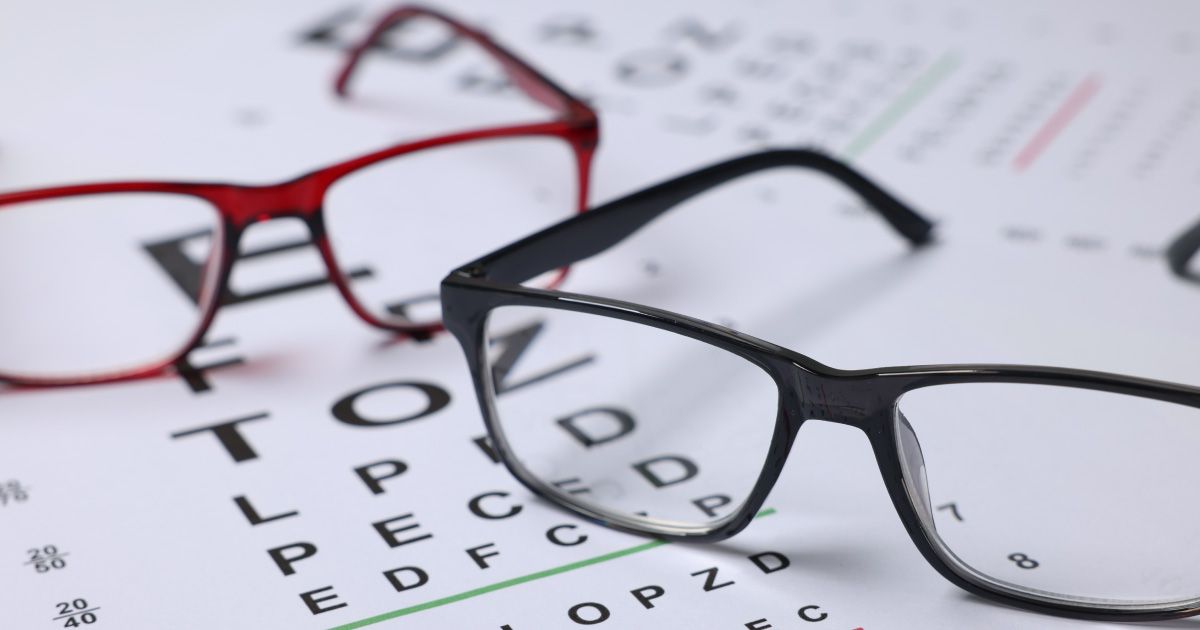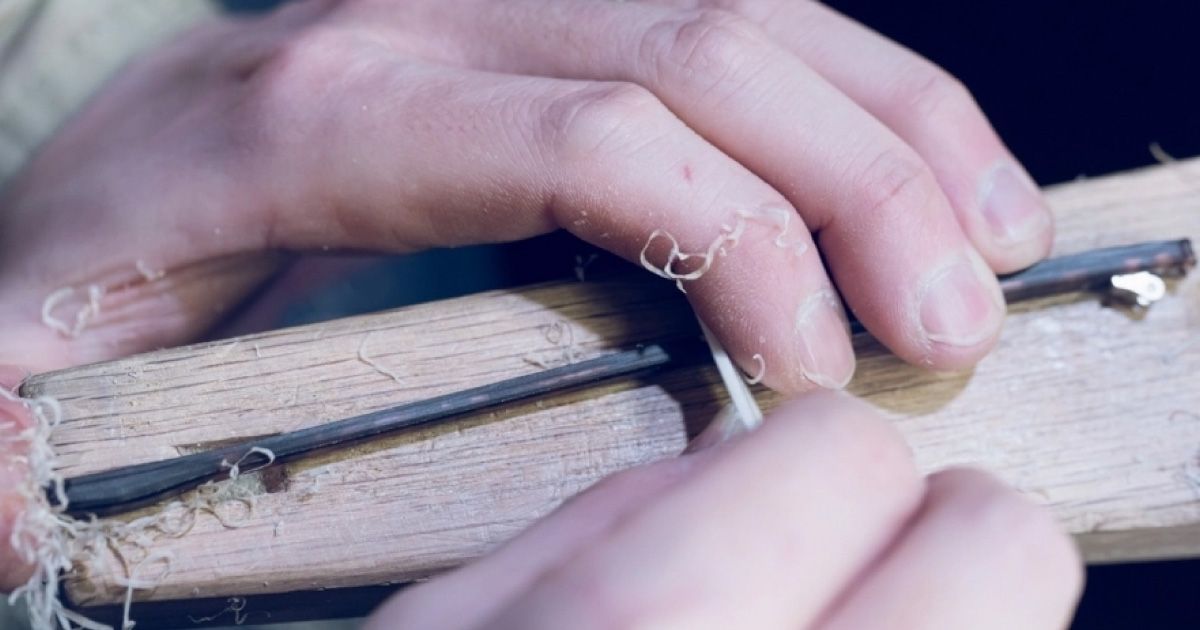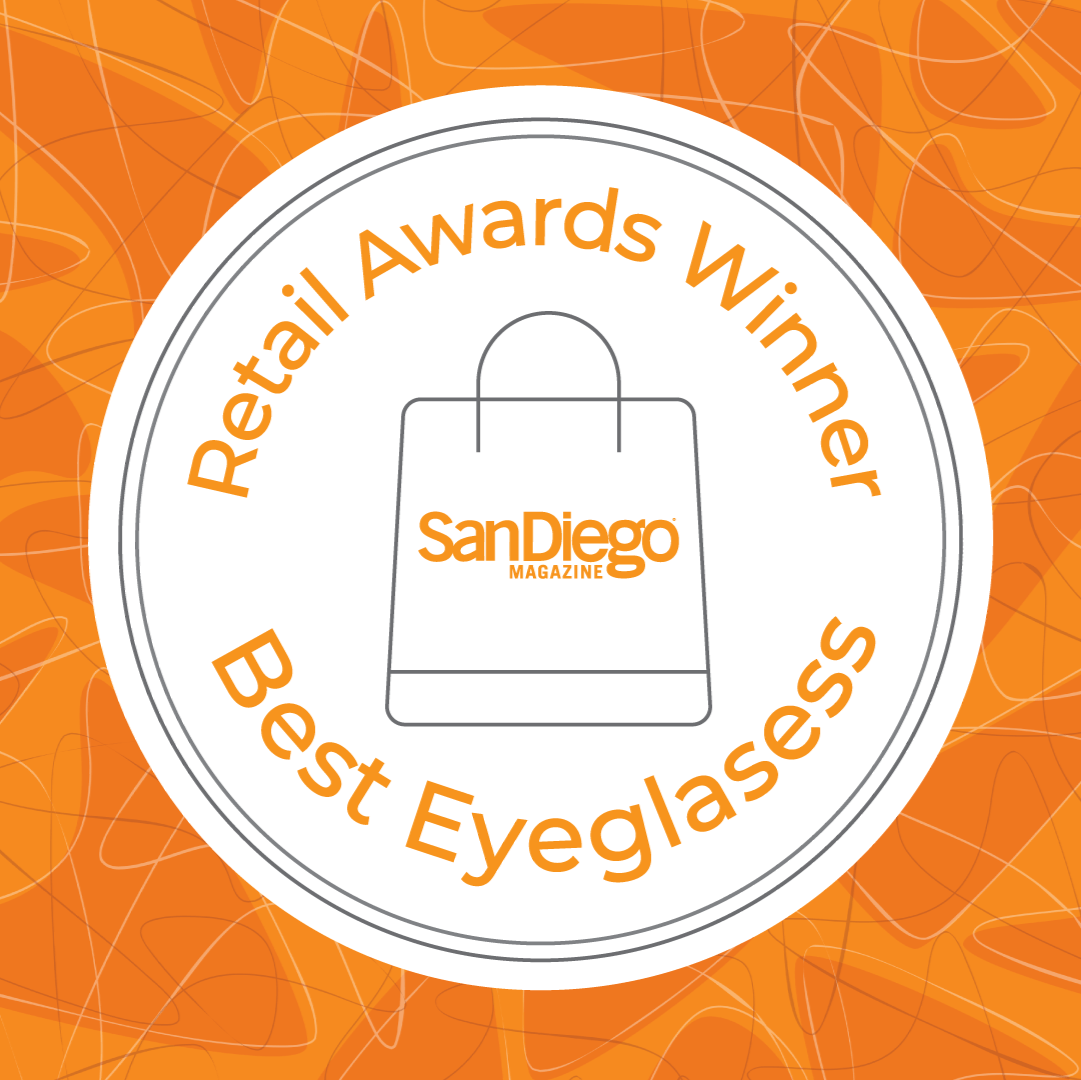Cheap vs. Luxury Sunglasses: Key Differences

Read time: 5 minutes
Choosing the right pair of sunglasses can be confusing, especially when faced with cheap options and luxury ones. While they might look similar at a glance, there are significant differences that can impact your comfort, vision, and even health. Understanding these differences helps you make a smarter choice that best fits your needs and budget.
Cheap sunglasses might seem like a good deal, but they often compromise on key aspects such as materials, lens quality, and comfort. On the other hand, luxury sunglasses are designed with more care and precision, offering better protection and a more comfortable fit. Knowing what sets them apart will help you determine if it's worth investing in a higher-end pair.
In this article, we’ll explore the main differences between cheap and luxury sunglasses. From the materials used to the level of protection they offer, you'll get a clear idea of what you’re paying for with luxury brands. Whether you're shopping on a budget or looking for the best eyewear experience, this guide will help you understand what to expect from both ends of the spectrum.
Materials and Build Quality
Types of Materials Used in Cheap Versus Luxury Sunglasses
Cheap sunglasses are often made from low-cost materials like plastic. These materials can feel flimsy and break easily. On the other hand, luxury sunglasses use high-quality materials such as acetate, titanium, and stainless steel. These materials are not only more durable but also more comfortable to wear for long periods.
Differences in Construction and Durability
The construction of luxury sunglasses involves precise engineering and craftsmanship. Every detail is carefully considered, from the hinges to the nose pads. This attention to detail results in a product that can last for years. Cheap sunglasses, however, are usually mass-produced with less focus on quality. The result can be loose screws, weak hinges, and frames that easily bend or break. Investing in luxury sunglasses often means you get a product that stands the test of time.
Lens Quality and Protection
UV Protection and Lens Technology
One of the most critical differences between cheap and luxury sunglasses is the level of UV protection. Cheap sunglasses might have lenses that look dark but don’t offer adequate protection against harmful UV rays. Luxury sunglasses prioritize eye health, offering lenses that block 100% of UV rays. Some even have advanced coatings like anti-glare, polarized, or mirror finishes that enhance vision and reduce eye strain.
Differences in Clarity and Vision Enhancement
Luxury sunglasses often use high-grade lenses, such as those made from optical-grade glass or polycarbonate. These lenses provide superior clarity, making everything look sharper and more vivid. Cheap sunglasses often use lower-quality lenses that can distort vision and cause headaches. The difference in lens quality is noticeable, especially when wearing them for extended periods. Superior lenses in luxury sunglasses can significantly improve your overall visual experience, making activities like driving and outdoor sports much more enjoyable.
Comfort and Fit
Design Considerations for Comfort and Ergonomics
Comfort is a key factor when choosing sunglasses. Luxury sunglasses are designed to fit well on your face. These designs take into account how the sunglasses will sit on your nose and around your ears, reducing pressure points. Luxury brands use lightweight materials and smooth edges, ensuring they remain comfortable even when worn for long periods.
Adjustable Features and Custom Fitting in Luxury Brands
Luxury sunglasses often come with features that cheap sunglasses lack. Adjustable nose pads and flexible hinges are common in high-end models. These features allow for a personalized fit that feels more secure and comfortable. Some luxury brands even offer custom fitting services, ensuring that your sunglasses fit perfectly to your unique face shape. This level of customization makes them more comfortable and helps to keep the sunglasses in place during activities.
Style and Brand Value
Aesthetic Differences and Fashion Appeal
Luxury sunglasses often stand out in terms of style. They come in a variety of sophisticated designs that cater to different tastes and fashion trends. Cheap sunglasses might look trendy, but they often lack the finer details and quality finishes found in luxury versions. High-end brands pay attention to every detail, from the frame design to the color and finish, making them look and feel more aesthetically pleasing.
Brand Reputation and Perceived Value
Buying luxury sunglasses is not just about the product itself; it’s also about the brand. High-end brands have built their reputations over years, if not decades. They are known for their commitment to quality, craftsmanship, and style. Owning a pair of luxury sunglasses often comes with a sense of prestige and satisfaction, knowing you are wearing a well-regarded brand. In contrast, cheap sunglasses do not offer the same level of brand prestige and perceived value.
The Takeaway
Choosing between cheap and luxury sunglasses comes down to what you value more. While cheap sunglasses might save you money upfront, they often fall short in materials, protection, and comfort. On the other hand, luxury sunglasses offer superior quality, better UV protection, and a more comfortable fit. They are also designed to last longer, making them a worthwhile investment.
At Urban Optiks Optometry, we believe in offering the best eyewear options for our customers. Our range of stylish and high-quality sunglasses can help you protect your eyes while looking great. Check us out today to explore our eyewear collection and find the best luxury sunglasses that meets your needs and aligns with your style. See the difference quality makes at Urban Optiks Optometry!
Share this blog post on social or with a friend:
The information provided in this article is intended for general knowledge and educational purposes only and should not be construed as medical advice. It is strongly recommended to consult with an eye care professional for personalized recommendations and guidance regarding your individual needs and eye health concerns.
All of Urban Optiks Optometry's blog posts and articles contain information carefully curated from openly sourced materials available in the public domain. We strive to ensure the accuracy and relevance of the information provided. For a comprehensive understanding of our practices and to read our full disclosure statement, please click here.


















